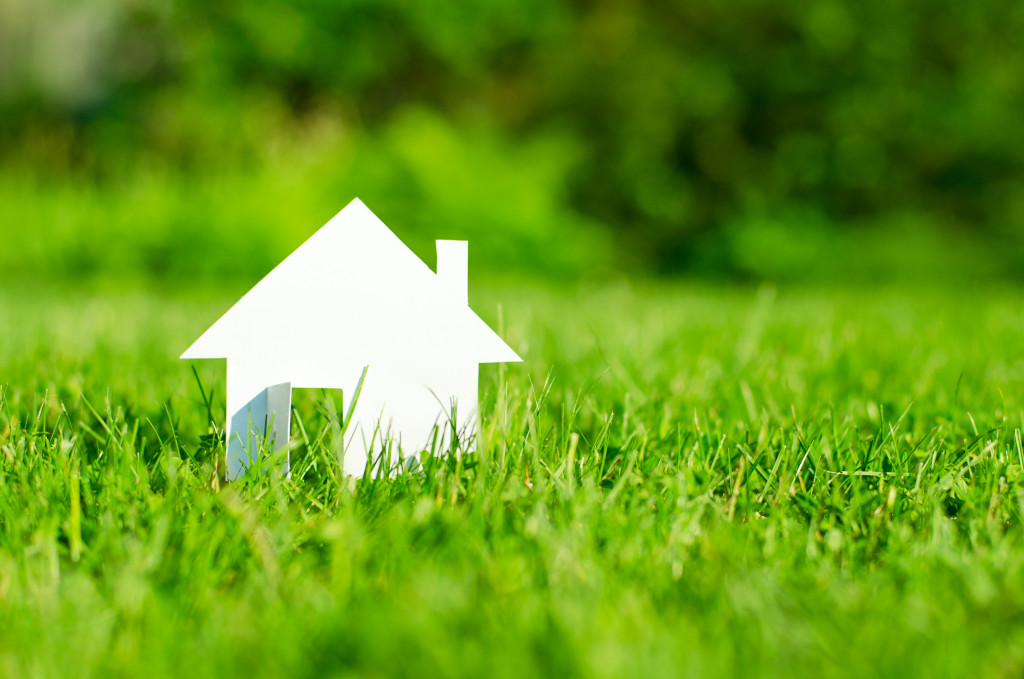Green architecture and home design are all the rage nowadays, but what are they? Simply put, green home design and green architecture are both ways of incorporating nature into your home in order to make it more sustainable. Green home design focuses on the interior of your home, while green architecture focuses on the exterior.
Benefits of Having Nature in Your Home
There are many benefits to incorporating nature into your home. Apart from homes with green elements becoming more popular (with sales increasing from 32% to 50% from 2021 to 2022), there are also benefits that you can reap even while you live there:
Save on Energy Costs
One of the main benefits of incorporating nature into your home is that it can help you save on energy costs. Incorporating green and natural elements into your home helps to regulate the temperature inside your home, making it cooler in the summer and warmer in the winter. This is because plants release water vapor into the air, which acts as a natural humidifier and coolant. Additionally, trees and shrubs can provide shade for your home, keeping it cooler in the summer months.
Make Your Home More Relaxing
Another benefit of incorporating nature into your home is that it can purify the air inside your home. This is because plants release oxygen into the air and absorb carbon dioxide and other pollutants. Additionally, using living decor, such as vertical gardens, can increase the amount of oxygen in your home while also reducing noise pollution. Making nature part of your architecture and engineering can also help to reduce noise pollution by absorbing sound waves. Plants make your mental health better, too!
Make Your Home More Resilient to Natural Disasters
Lastly, incorporating nature into your home design can make your home more resilient to natural disasters. This is because trees and shrubs outside your house can provide windbreaks, protecting it from high winds. Additionally, building around trees can provide support for your home in case of an earthquake or landslide. And lastly, incorporating natural elements like tree trunks into the structure of your home can provide additional support in case of a natural disaster.

How to Incorporate Nature into Your Home
Now that you know why you should bring nature inside your home, the next question you should be asking is how to do it. Here are a few examples:
Living Decor
One of the easiest ways to incorporate nature into your home is by using living decor. Plants not only add a pop of color and life to any room, but they also help improve air quality. For example, spider plants are great for filtering out harmful toxins like carbon monoxide from the air. If you don’t have a green thumb, no worries! There are plenty of low-maintenance options like succulents and cacti that are perfect for those who don’t have time for daily watering.
Another way to bring nature inside is by incorporating vertical gardens. Vertical gardens are exactly what they sound like—gardens that grow up instead of out. They’re perfect for small spaces and make a big impact. There are a variety of ways you can create a vertical garden, from installing shelves to hanging Mason jars filled with plants. Some designers even provide a living wall design for dining rooms and other living areas, which provides all the benefits of having live plants in a space-saving garden.
Structural Integration
You can also make nature part of your architecture and engineering. One way to do this is by building around trees. This not only protects the tree but also creates a unique and beautiful feature for your home. You can either have the whole tree inside by building your ceiling higher, or you can have its trunks pass through small holes in the ceiling.
You can also incorporate natural elements like tree trunks into the structure of your home. For example, using a tree trunk as a support beam or as part of the accent wall is both visually stunning and environmentally friendly. It creates a point of interest that draws the attention of anyone looking at it, making it a great conversation piece to impress visitors and guests. In addition, it can also help you save on building material costs. All it takes is some extra effort from your architect and engineer, both of whom you will pay anyway.
Final Thoughts
There are endless benefits and ways to incorporate nature into your home. From using living decor to incorporating natural elements into your architecture, bringing the outdoors in can have a profound impact on your health and well-being. These help you save on energy costs and purify the air inside your home. Additionally, incorporating nature into your house can make it more resilient to natural disasters. So what are you waiting for? Start incorporating some of these green and natural elements into your house today!




